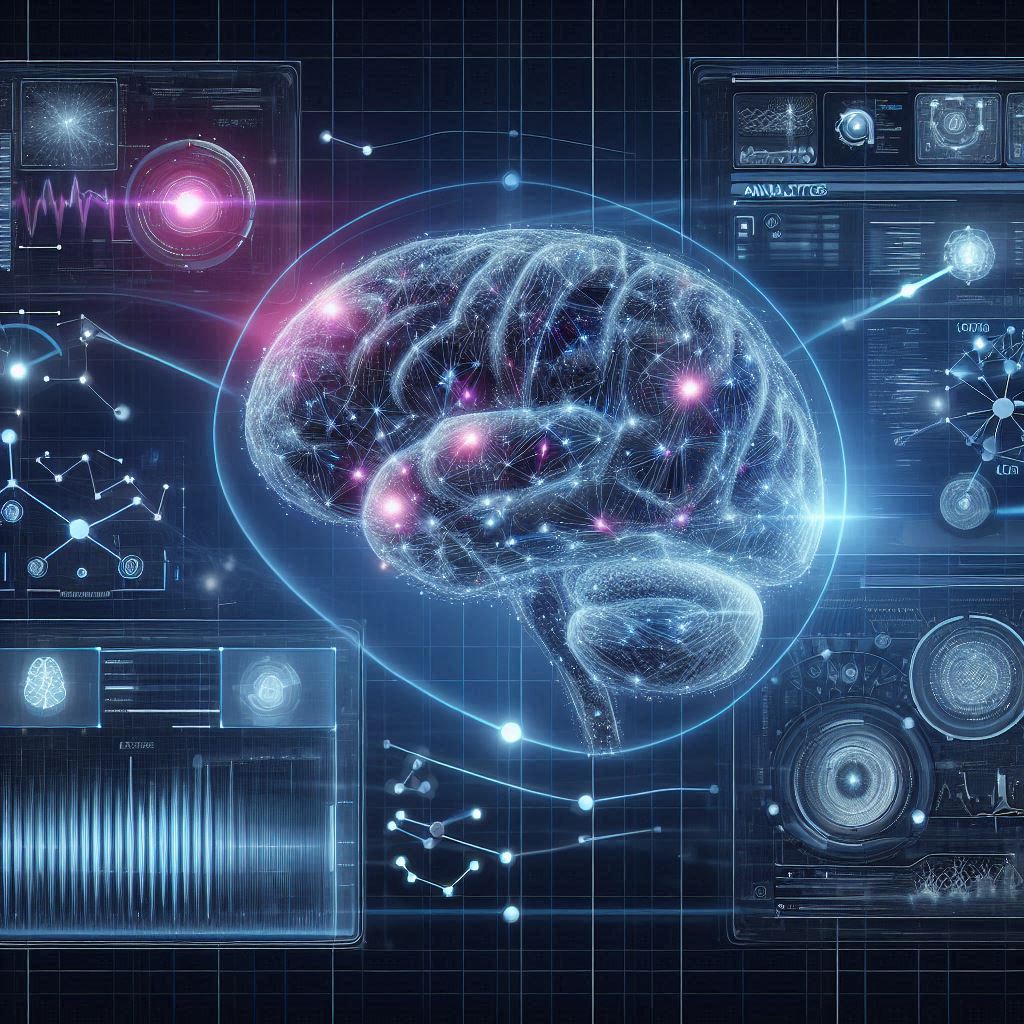Alzheimer’s disease remains one of the most daunting and poorly understood neurological disorders, affecting millions of individuals worldwide. Characterized by progressive memory loss and cognitive decline, the disease has long puzzled scientists. A recent groundbreaking study led by researchers at the University of California, San Diego (UCSD) may reshape our understanding of its origins. The research used artificial intelligence to identify a gene previously considered a mere biomarker as an actual cause of the disease due to its “moonlighting” role—a previously unknown secondary function. This discovery not only opens new doors for understanding Alzheimer’s but also points toward promising therapeutic strategies.
The Background: Alzheimer’s Disease in Focus
The Scope of the Problem
Alzheimer’s is the most common form of dementia, currently affecting over 55 million people globally. The cost of care, both emotional and financial, is staggering. Despite extensive research, the exact causes of Alzheimer’s have remained elusive.
Biomarkers vs. Causative Agents
Traditionally, certain genes have been identified as biomarkers—genetic signatures indicating a risk of Alzheimer’s but not necessarily causing it. Biomarkers are vital for early diagnosis but do little to explain the underlying disease mechanisms.
The Game-Changing Discovery at UC San Diego
The Research Team and Approach
The UCSD research team, composed of neuroscientists, bioinformaticians, and geneticists, applied a sophisticated AI algorithm to reanalyze existing datasets. They focused on a specific gene previously flagged as a biomarker in Alzheimer’s patients.
The Breakthrough: Moonlighting Gene Function
The gene in question, now identified as playing a causal role, was found to have a “moonlighting” function. In biology, moonlighting genes perform multiple functions that are not predicted based on their primary known role. The AI model revealed that this gene contributes directly to neurodegeneration by interfering with neuronal signaling and promoting inflammation in the brain.
The Role of Artificial Intelligence in the Discovery

Pattern Recognition and Data Mining
AI’s strength lies in pattern recognition across massive datasets. In this case, machine learning algorithms detected inconsistencies in genetic expressions that traditional statistical methods had overlooked.
From Correlation to Causation
By training AI models on clinical, genetic, and biological data, the team moved from identifying correlations to establishing causation, revealing that the gene wasn’t just associated with Alzheimer’s but actively contributed to it.
Validation Through CRISPR and Animal Models
The AI-driven hypothesis was validated using CRISPR gene-editing techniques and animal models. When the moonlighting function was blocked, researchers observed a significant reduction in Alzheimer-like symptoms in mice.
Implications for Alzheimer’s Research
Early Diagnosis and Genetic Screening
This discovery enables the development of more precise diagnostic tools that can detect the gene’s dual role early, potentially allowing for preventive interventions before symptoms appear.
Drug Development Opportunities
Blocking the gene’s harmful secondary function without affecting its primary role is now a major target for pharmaceutical development. Several biotech firms are already exploring drug candidates that mimic the results observed in animal models.
A Paradigm Shift in Genetic Research
This study could shift the way scientists investigate complex diseases. Instead of looking at genes in isolation, future research may adopt more holistic, AI-driven approaches to understand multi-functional roles.
Challenges and Ethical Considerations
Data Privacy
AI relies heavily on vast amounts of patient data. Ensuring the privacy and ethical use of this data is paramount.
Over-reliance on AI
While AI is powerful, it is not infallible. The importance of human oversight, critical thinking, and experimental validation cannot be overstated.
Accessibility of New Treatments
Innovations are often expensive. Ensuring global access to these treatments, especially in low-resource settings, will be crucial.
Future Directions
Expanding the Research
Other genes with potential moonlighting functions may also contribute to Alzheimer’s or other neurodegenerative diseases. UCSD plans to expand the scope of their research using similar AI methodologies.
Collaboration Between Disciplines
This discovery is a shining example of what interdisciplinary collaboration can achieve. Bringing together AI experts, neuroscientists, and geneticists accelerated the research process and yielded impactful results.
Public Awareness and Education
Raising awareness about the evolving understanding of Alzheimer’s and the role of AI in modern medicine is essential. This can foster greater public support and funding for future research.
Conclusion
The UC San Diego study marks a significant turning point in Alzheimer’s research. By uncovering a gene’s hidden role in disease progression, AI has once again proven its value in solving complex biomedical puzzles. The future of Alzheimer’s research will likely depend heavily on such AI-driven, interdisciplinary approaches. With continued exploration and ethical responsibility, we may be closer than ever to developing effective treatments—and eventually a cure.
References
- University of California San Diego. (2024). “AI Uncovers Hidden Genetic Role in Alzheimer’s.”
- Alzheimer’s Association. (2024). “Alzheimer’s Facts and Figures.”
- The Moonlighting Functions of Genes in Neurodegenerative Diseases
- Journal of Biomedical Informatics. (2024). “AI in Genetic Disease Discovery.”









+ There are no comments
Add yours